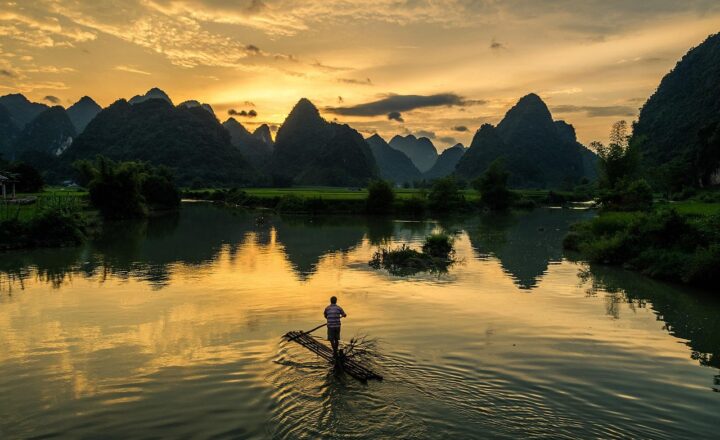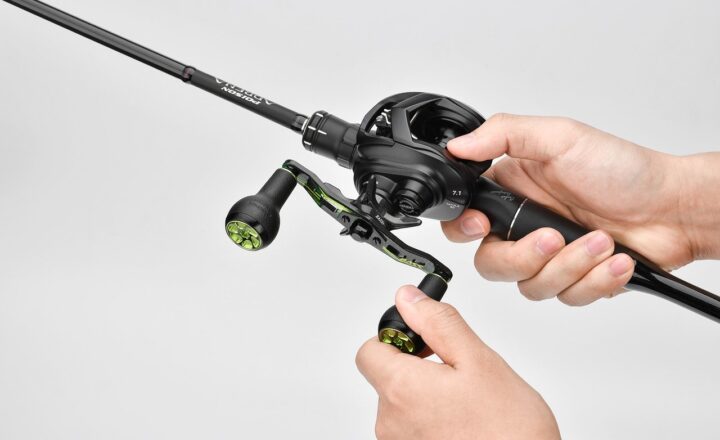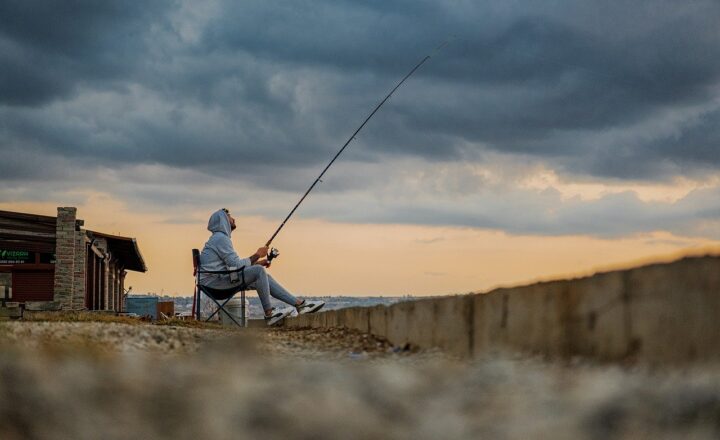The Ultimate Guide to Fishing Like a Pro: Tips, Tricks, and Gear You Never Knew You Needed
November 19, 2024

Fishing is not just a hobby; it’s an art form that requires skill, patience, and the right knowledge. Whether you’re a beginner looking to cast your first line or an experienced angler aiming to elevate your game, understanding the nuances of fishing can make a tremendous difference in your success.
In this ultimate guide, we’ll explore essential tips, tricks, and must-have gear designed to help you fish like a pro. From choosing the right location to perfecting your casting technique, we’ll cover all the bases to ensure your next fishing trip is successful.
1. Understanding Different Types of Fishing
Before diving into techniques and gear, it’s crucial to understand the different types of fishing. Each type has unique challenges and requires specific equipment. Here are the primary styles:
- Freshwater Fishing: Typically done in rivers, lakes, and ponds, this type includes fly fishing, spinning, and bait casting.
- Saltwater Fishing: Conducted in oceans and seas, this type requires sturdier gear due to larger fish and harsher conditions.
- Fly Fishing: A specialized technique where artificial flies are used to lure fish, most commonly practiced in freshwater settings.
- Ice Fishing: A winter activity where anglers fish through holes drilled in the ice covering lakes and ponds.
Knowing the differences will help you select the best approach for your fishing adventure.
2. Choosing the Right Location
Selecting the right fishing spot is crucial for a successful outing. Here are some tips to help you find the best locations:
- Research Local Hotspots: Speak to local anglers or visit bait shops to learn about popular fishing locales. Online fishing forums and social media can also provide valuable insights.
- Consider Seasonality: Fish behavior changes with seasons. Research specific fish species in relation to the time of year to optimize your chances of success.
- Evaluate Water Conditions: Look for areas with cover, such as underwater structures, weed beds, or shade, which provide excellent hiding spots for fish.
- Pay Attention to the Weather: Overcast days and light rain can improve fishing conditions, as fish are less cautious without direct sunlight.
By considering these factors, you can better position yourself for a productive day on the water.
3. Gear Up: Essential Fishing Equipment
Having the right gear is vital to fishing like a pro. Here are must-have items that every angler should consider:
- Fishing Rods and Reels: Choose a rod and reel combination appropriate for the type of fishing you plan to do. Spinning setups are versatile, while baitcasting rods provide precision.
- Fishing Line: Select a good quality fishing line based on your target species. Monofilament, fluorocarbon, and braided lines all have unique properties that can affect your success.
- Lures and Bait: Research the best lures or live bait for the species you’re targeting. Having a variety on hand increases your chances of attracting fish.
- Fishing Tackle Box: Organize your gear effectively to ensure you have easy access to your tackle, tools, and equipment while out fishing.
- Safety Gear: Don’t forget essentials like a life jacket, sunscreen, and an emergency first aid kit. Safety should always be your first priority.
With the right equipment, you’re already one step closer to a successful fishing trip.
4. Techniques to Enhance Your Fishing Skills
Mastering fishing techniques is key to becoming a pro angler. Here are several methods to improve your fishing game:
- Casting Techniques: Practice your casting to enhance distance and accuracy. Use techniques such as sidearm casting and roll casting to adapt to different conditions.
- Retrieve Methods: Experiment with different retrieve speeds and styles to entice fish effectively. A slow, steady drag may work for some species, while others may require erratic movements.
- Knot Tying Skills: Learn to tie strong knots to ensure your line stays intact during a catch. The Palomar knot and improved clinch knot are great options to start with.
- Patience and Observation: Practice patience when fishing. Observe the water, watch for jumping fish, and pay attention to fellow anglers’ successes for clues on your next move.
Sharpening your skills through practice and education will elevate your fishing experience.
5. The Importance of Conservation
As an angler, it’s critical to engage in sustainable practices to protect fish populations and habitats. Here are essential conservation tips:
- Practice Catch and Release: Only take what you will eat and release the rest to maintain healthy fish stocks. Ensure you handle fish carefully to minimize stress and injury.
- Observe Regulations: Follow local fishing regulations regarding seasons, size limits, and gear restrictions to protect ecosystems.
- Clean Up After Yourself: Always dispose of trash properly and respect natural habitats during your outings.
- Educate Yourself and Others: Share your knowledge about sustainable fishing practices with fellow anglers to promote responsibility within the fishing community.
Engaging in conservation efforts ensures future generations can continue to enjoy the thrill of fishing.
Conclusion
Fishing can be a rewarding experience when approached with the right knowledge and mindset. By understanding fishing types, selecting good locations, gearing up appropriately, mastering techniques, and prioritizing conservation, you can enhance your fishing skills and enjoy the sport to its fullest. So grab your rod, gather your gear, and head out for an adventure that might just lead to the catch of a lifetime!
Whether you’re fishing for relaxation, sport, or sustenance, embracing the principles outlined in this guide will help you fish like a pro. Remember, the best moments often happen not just at the end of your line but in the pursuit of the catch itself.





